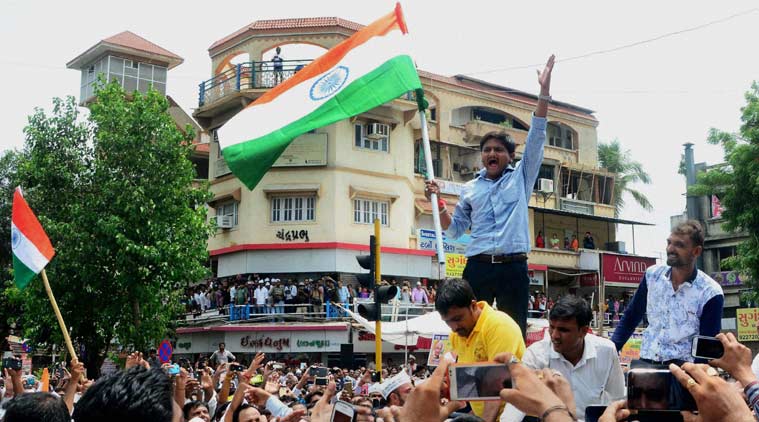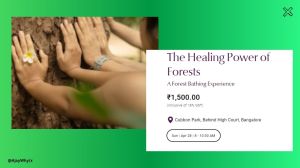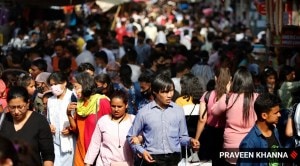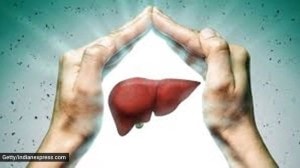- India
- International
The fixed centre around which Gujarat caste politics revolves
The Patels formed the first political grouping with Swatantra Paksh.
 Patidar community leader Hardik Patel leading a rally for reservation in Ahmedabad. (Source: PTI)
Patidar community leader Hardik Patel leading a rally for reservation in Ahmedabad. (Source: PTI)In all the caste-based politics Gujarat has seen since it became a state in 1960, the Patels or Patidars have been the most dominant community.
“Caste has always remained a pivotal force behind Gujarat politics. Since Sardar Patel was a prominent leader in the Freedom Struggle, the Patel community has remained influential,” said Ahmedabad-based historian Achyut Yagnik.
WATCH VIDEO: Patel Row Turns Violent: Eight Dead, PM Modi Calls For Peace & There’s More Than Meets The Eye
[App users click here to see video]
The Patels formed the first political grouping with Swatantra Paksh. Bhailal Patel brought together the Patidars (Pa) and the Kshatriyas (Ksh) as a vote bank that won them 60-odd seats in the assembly in 1967.
[related-post]

“It mobilised Patidar votes along with those of Rajputs, Thakors and Koli Patels by systematically making the Thakors and Koli Patels believe they are Kshatriyas… The Patidars alone did not have the number power to wield any political influence then.”
The caste factor came into play again in the mid-1970s when then Congress chief minister Madhavsinh Solanki, himself an OBC, introduced OBC reservation. A commission included 86 communities; the OBC list today has 146.
In 1981, Solanki went about further caste-based political engineering without the Patidars. He introduced what is known as the Kham (Kshatriya-Harijan-Adivasi-Muslim) theory and brought these four communities together. Veteran Congressman Jhinabhai Darji was the chief architect of the theory, which helped Solanki win 156 assembly seats. The Patidars found themselves isolated for the first time, with not one of them a minister in Solanki’s cabinet.
This was also the period when Gujarat witnessed two major anti-reservation movements by the Patidars, leading to rioting, said sociologist Gaurang Jani. “In 1981, the riots were against the Scheduled Castes, and in 1985, it was against the OBCs. So, in those five years, more than half the population of Gujarat — SCs and OBCs — saw a movement against them by the upper castes led by the Patidars. The 1985 anti-reservation movement ultimately uprooted the Congress government. The Patidars sided with the BJP and it gradually saw the rise of the party. This was also the time when probably the Hindutva card was slowly tossed by the BJP to counter the Kham effect. And backward communities were brought to the BJP fold in the name of Hindutva.”
The BJP came to power in 1995 and Keshubhai Patel became chief minister. Since then, it has been in power barring a couple of years when Shankersinh Vaghela broke away. After Keshubhai’s second term as chief minister, the BJP brought in Narendra Modi to arrest the erosion of its support base in 2001. The assembly elections of December 2002 was probably the only one fought overtly on communal lines.
All through BJP rule in Gujarat since 1995, the Patidars have remained the backbone of the BJP. Jani said, “The BJP model of development in Gujarat is at core a development model of Patidars. In this development model, the community that has remained most marginalised is tribal.”
Alpesh Thakor, an OBC leader who has opened a front against the Patidar agitation, said, “The caste factor has always been there in Gujarat and after this unconstitutional demand of the Patidars, I don’t think it is fading away in the near future. In this Patidar agitation, the master has come out to take the rights of the slave. But, it will bring together maginalised communities.”
Apr 19: Latest News
- 01
- 02
- 03
- 04
- 05







































